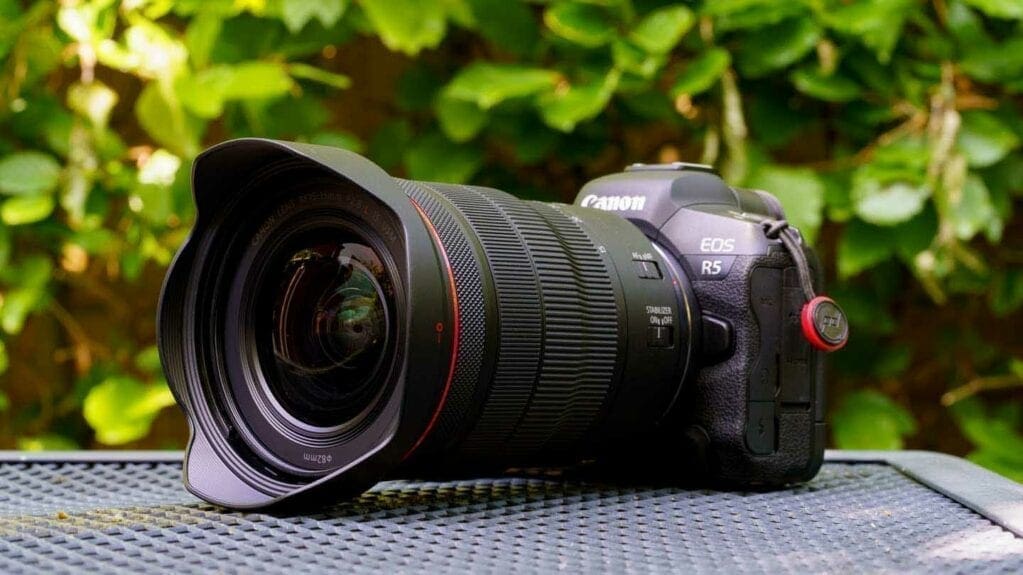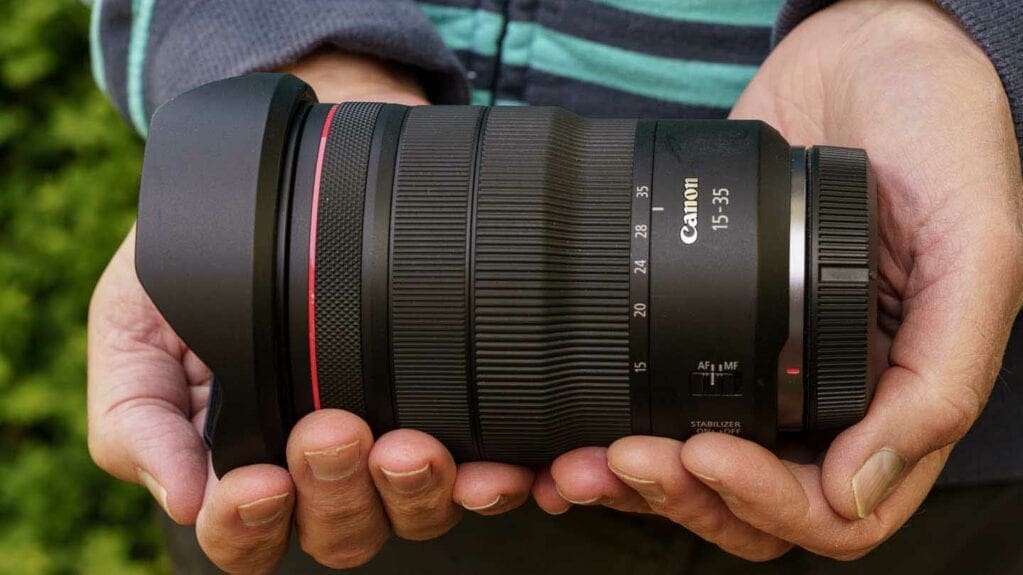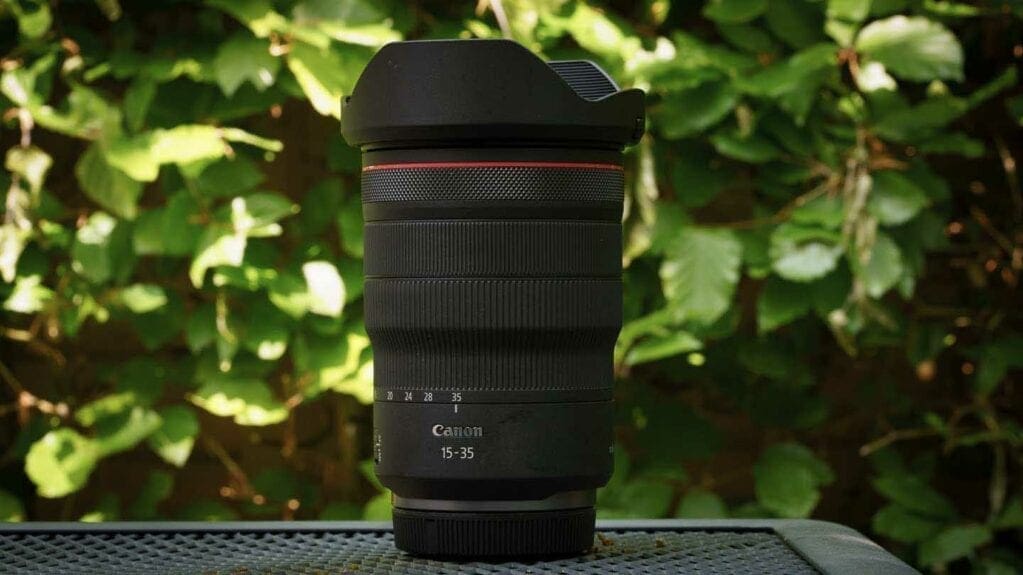As soon as I held the camera to my eye with the Canon RF 15-35mm f/2.8L IS USM mounted, I was impressed by the lack of curvilinear distortion. Even at 15mm straight lines hardly seem to diverge from their true path. The little distortion that is present can be corrected in-camera using the Peripheral illumination correction feature within the ‘Lens aberration correction’ section of the camera’s menu, or using the profile available in Adobe Camera Raw and Lightroom etc.
Checking images from the 45Mp Canon EOS R5 at 100% on a computer screen reveals that the Canon RF 15-35mm f/2.8L IS USM captures an excellent level of detail at the centre of the frame at all aperture settings. At the 15mm end, there’s a noticeable drop-off in sharpness towards the corners, but it’s not dramatic.
There’s a slight drop-off towards the corners at other focal lengths as well, but even at 100% on-screen, it’s less apparent than at 15mm. Closing down from f/2.8 to f/4 sharpens up the detail across the board, but most noticeably at 15mm.
Sharpness levels are maintained well as the aperture is closed down but by f/16 there’s very slight softening as a result of diffraction and by f/22 it’s more evident when images are examined at 100%. It’s subtle, but it’s worth looking at the depth of field and hyperfocal distance tables to ensure you only close the aperture by as much as you need. For instance, at 15mm and f/8, focusing at the hyperfocal distance of 0.95m gives depth of field that extends from 0.49m to infinity. And actually, of the marked focal lengths (15, 20, 24, 28 and 35mm) 35mm is the only point at which you need to close the aperture to f/22 to get the focus to extend to infinity when using hyperfocal distance focusing. At 35mm at f/22, the hyperfocal distance is 1.84m and the depth of field starts at 0.92m.
So in fact, there are few occasions that you actually need to use the smaller aperture settings at the widest end of the lens.
Even without using the lens correction profiles, vignetting isn’t an issue with the RF 15-35mm f/2.8L IS USM. I also spent quite some time hunting through my images looking for chromatic aberration but I haven’t found any.
The Canon R6 and R5 both feature in-body stabilisation with claimed shutter speed compensation of up to 8EV, trumping the 5EV offered by the RF 15-35mm f/2.8L IS USM. With the RF 15-35mm f/2.8L IS USM at 15mm on the Canon R6, I was able to get around 50% of my hand-held images shot at 1sec sharp. That’s a compensation factor of 4EV.
As promised, the RF 15-35mm f/2.8L IS USM focuses quickly and quietly. The focusing is also very smooth and usable during video shooting as well as for stills.







